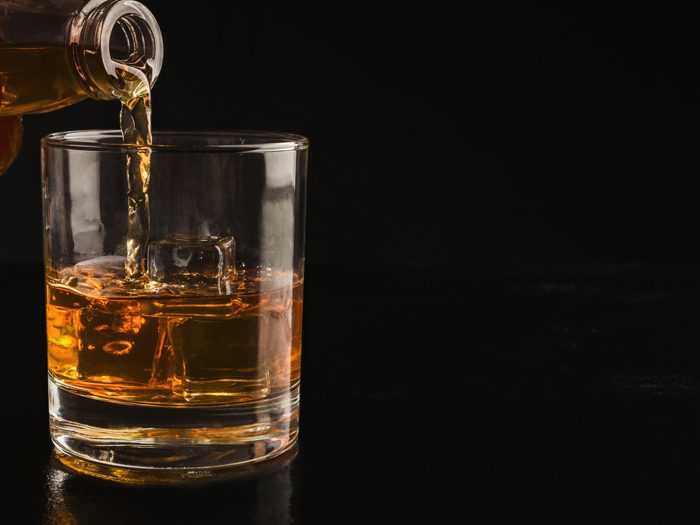Bourbon and Water: Not a Good Combination from an Environmental Perspective

A recent fire in a bourbon warehouse put more than Friday’s happy hour at risk. A violent blaze broke out on July 2 at the Jim Beam facility in Woodland County, Kentucky and raged on for more than 24 hours. The exact cause of the fire is unknown, but a lightning strike on the facility is suspected.
The fire resulted in complete destruction of the warehouse and damaged surrounding residential property.
To avoid contaminating a nearby creek with ethanol, officials opted to let the warehouse burn rather than employ fire hoses to try and put it out.
Despite those sound risk management intentions, Glenn’s Creek, which empties into the Kentucky River, was ultimately polluted with whiskey, resulting in a 23 mile-long “alcohol plume.”
Fish kills were reported in the Kentucky River, but state regulators theorized that once the alcohol plume hit the much larger Ohio River, it would be diluted to the degree that fish kills would be minimized.
By the Numbers
45,000: That’s that number of barrels of whiskey that were lost during the fire, which is an estimated $90-$300 million of lost revenue. Due to the young age of the spirit (Jim Beam ages at least four years), consumer demand will not be affected.
A spokesperson for Beam Suntory, which owns Jim Beam, told reporters that the Bloomberg News calculations of the loss were on the high side. Only Suntory’s underwriters will know for sure.
$25,000: That’s the maximum amount that Suntory will owe the Kentucky Energy and Environment Cabinet per violation, per day of lasting contamination.
$8.6 billion: The value of the Kentucky Bourbon industry, which is also a substantial job creator. The incident is sure to leave both financial and environmental effects on the surrounding area, and the latter will be sorely felt.
The alcohol-contaminated water has already resulted in thousands of dead fish, which ultimately affects the state’s bass fishing tourist industry. The burning of toxins in warehouse construction materials presents a further risk to air pollution.
Further Reading
The Jim Beam warehouse fire is a reminder that a property and/or product disaster can beget yet another disaster in its wake: In many cases that will be an environmental one.
Mold after a hurricane strike is one such risk, as this piece on the aftermath of Hurricane Katrina outlines.
There is also the risk of chemical contamination after a major storm. This piece by Risk & Insurance® Risk Insider Joe Boren details the contamination fears that succeeded Hurricane Harvey’s hit on Texas in 2017.
Beam Suntory will pay a pretty penny to offset the environmental damage wrought by it’s bourbon warehouse fire. But the adult beverage company has reported that it’s fully insured. &










